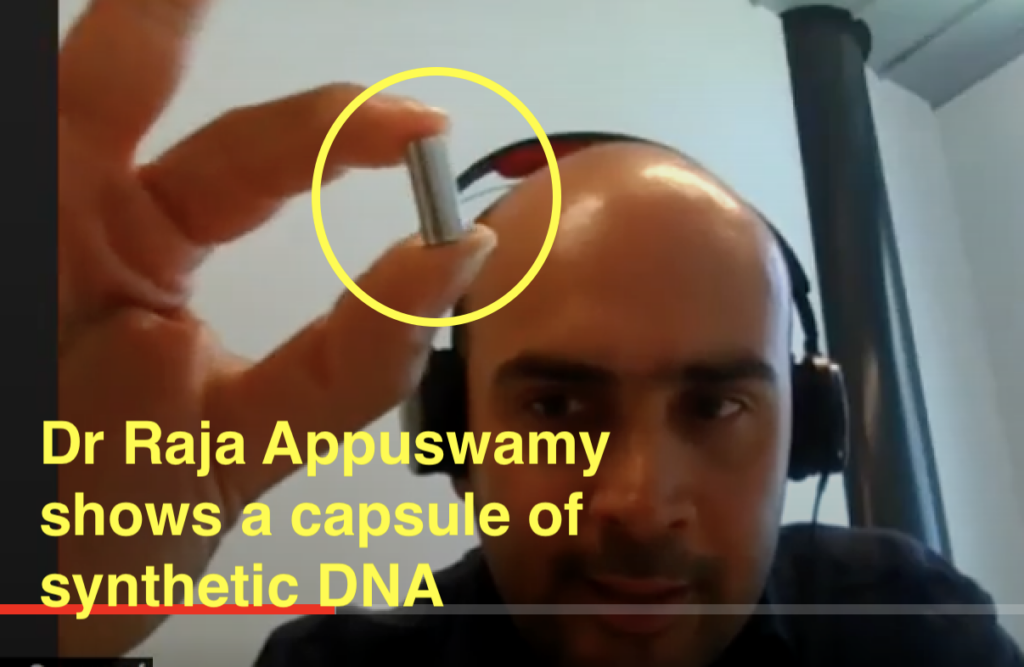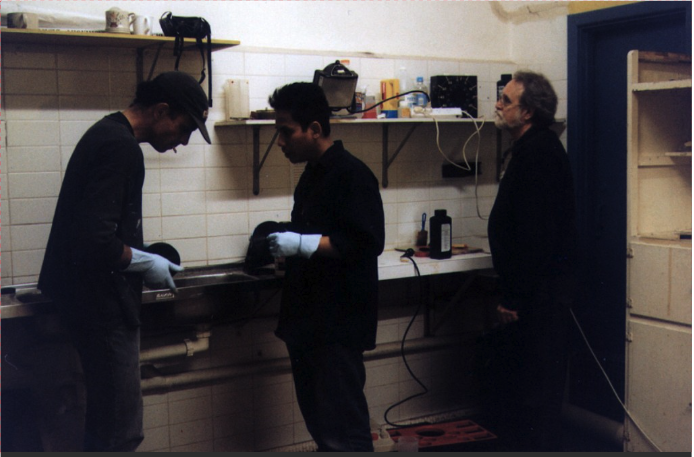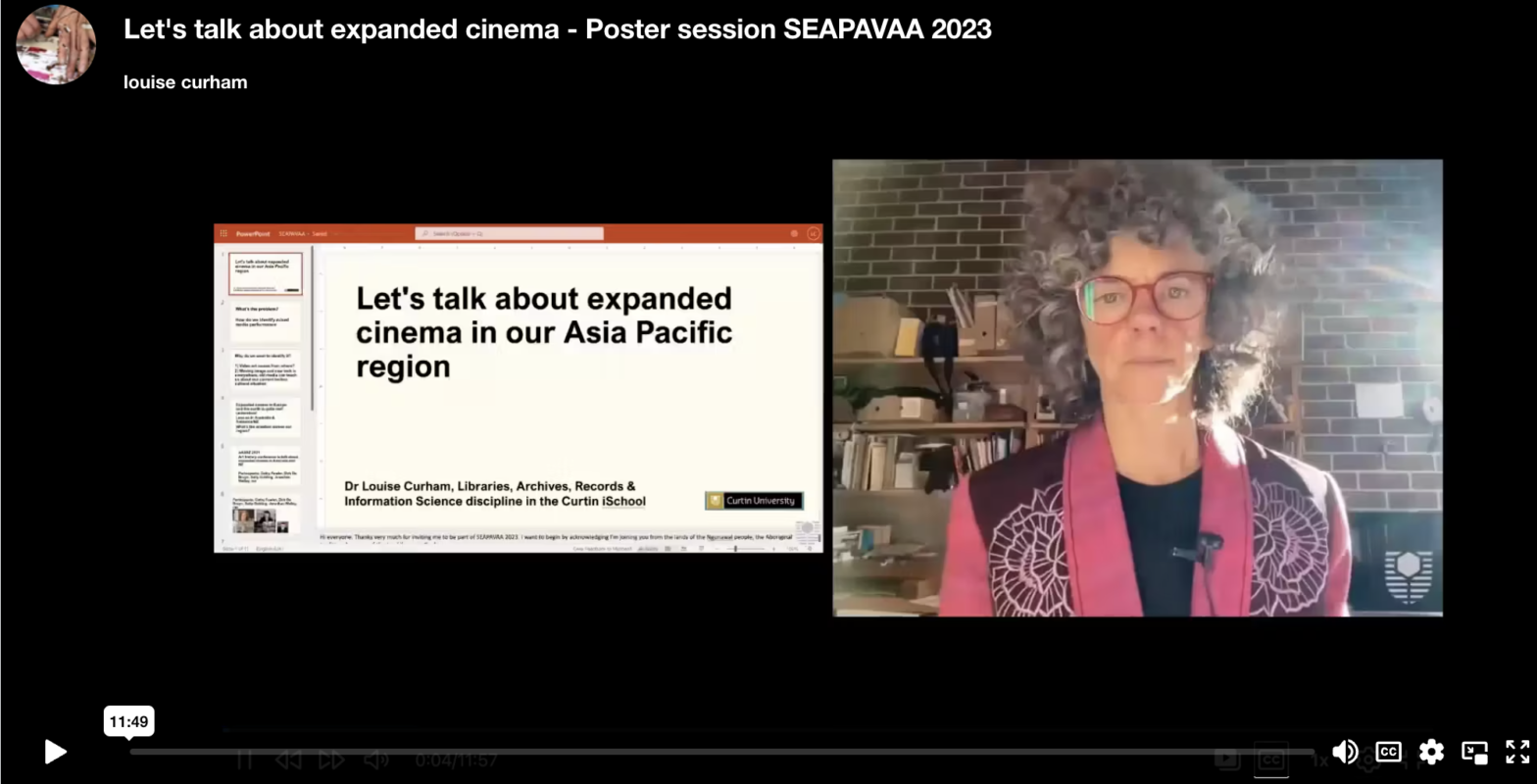Raja and I (Louise) met back in 2021 when I chaired a panel he was in at iPRES. Our session was online and we had time to chat beforehand. I’d read up about his paper on DNA storage. I knew something about this because I saw a great presentation about it from former National Film and Sound Archive director Jan Muller. Muller loved DNA storage and he organised for Cathy Freeman’s Olympic win to be stored on DNA and then decoded from that source for display on the Opera House sails in Sydney. I don’t have specific dates for this work but it was in the period around 2016.
Somehow I discovered Raja was looking for a “use case” from cultural heritage to show the potential of DNA storage and that’s how we began a dialogue about the work Lucas and I have been doing with Malcolm Le Grice to make a user’s manual for Horror Film 1 (building on our project Wo(Man) with Mirror with Guy Sherwin, and lessons from work with Lynn Loo on Autumn Fog).
Fast forward to Feb 2023 and Raja was ready to actually encode some content on DNA. What went in there? Here’s a screenshot from the Dropbox that Raja used to store all the final content:
Continue reading “What’s in the DNA capsule for ‘Horror Film 1’?”




